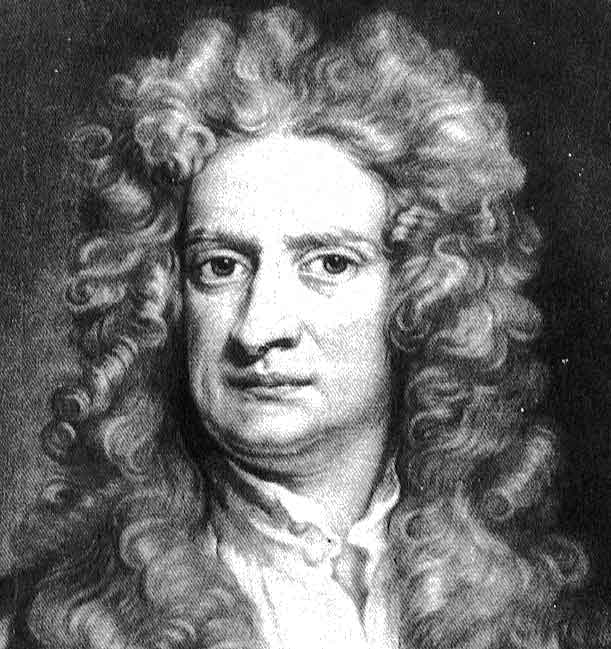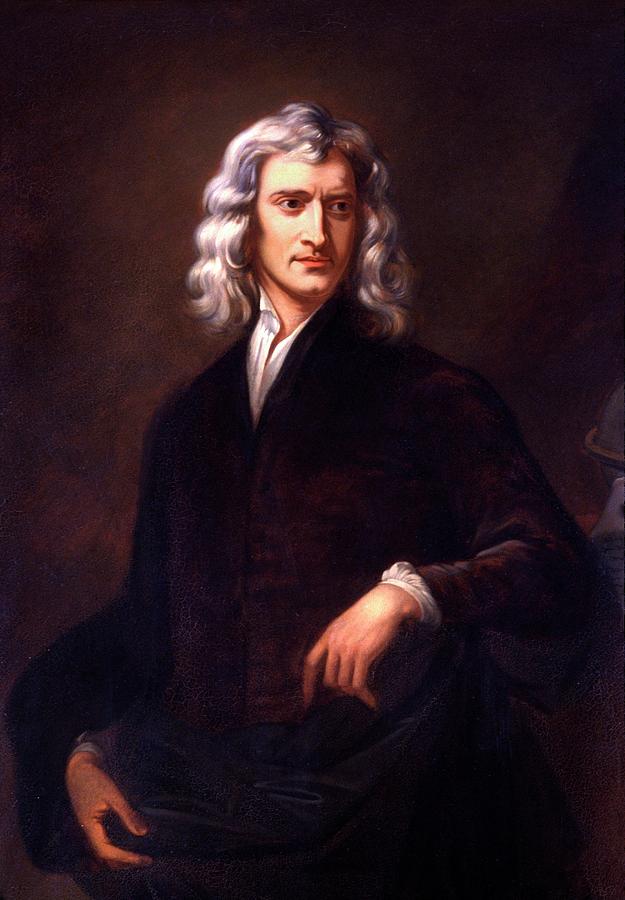
The amount of acceleration is also inversely proportional to the mass of the object for equal forces, a heavier object will experience less acceleration than a lighter object. This equation tells us that an object subjected to an external force will accelerate and that the amount of the acceleration is proportional to the size of the force. Remember that this relation is only good for objects that have a constant mass. The second law then reduces to the more familiar product of a mass and an acceleration: F = m * a The change in velocity divided by the change in time is the definition of the acceleration a. For a constant mass m, Newton’s second law looks like: F = m * (V 1 – V 0) / (t 1 – t 0) But if we were discussing the flight of a bottle rocket, then the mass does not remain a constant and we can only look at changes in momentum. If we were discussing the flight of a baseball, then certainly the mass remains a constant. The weight of the fuel is probably small relative to the weight of the rest of the airplane, especially if we only look at small changes in time. This assumption is rather good for an airplane because the only change in mass would be for the fuel burned between point “1” and point “0”. Let us assume that the mass stays at a constant value equal to m. We only know how much product (m * V) changed. So, at this point, we can’t separate out how much the mass changed and how much the velocity changed. Newton’s second law talks about changes in momentum (m * V). Let us just take the difference between the conditions at point “1” and the conditions at point “0”. Newton’s second law can help us determine the new values of V 1 and m 1, if we know how big the force F is.

The mass and velocity of the airplane change during the flight to values m 1 and V1. The airplane’s new location is X 1 and time t 1. An external force F to the airplane shown above moves it to point “1”. The airplane has a mass m 0 and travels at velocity V 0. Let us assume that we have an airplane at a point “0” defined by its location X 0 and time t 0. His second law defines a force to be equal to change in momentum (mass times velocity) per change in time. Momentum is defined to be the mass m of an object times its velocity V. Newton’s Second Law: Force The acceleration of an object depends on the mass of the object and the amount of force applied. The motion of a kite when the wind changes.A model rocket being launched up into the atmosphere.The motion of a ball falling down through the atmosphere.The motion of an airplane when a pilot changes the throttle setting of an engine.Examples of inertia involving aerodynamics:

If there is no net force acting on the object, then the object will maintain a constant velocity. If all the external forces cancel each other out, then there is no net force acting on the object. This tendency to resist changes in a state of motion is inertia. Newton’s first law states that every object will remain at rest or in uniform motion in a straight line unless compelled to change its state by the action of an external force.

Newton’s First Law: Inertia An object at rest remains at rest, and an object in motion remains in motion at constant speed and in a straight line unless acted on by an unbalanced force.
#NEWTON SIR ISAAC MOVIE#
Newton’s laws together with Kepler’s Laws explained why planets move in elliptical orbits rather than in circles.īelow is a short movie featuring Orville and Wilbur Wright and a discussion about how Newton’s Laws of Motion applied to the flight of their aircraft. In 1686, he presented his three laws of motion in the “Principia Mathematica Philosophiae Naturalis.”īy developing his three laws of motion, Newton revolutionized science. He developed the theories of gravitation in 1666 when he was only 23 years old. Sir Isaac Newton worked in many areas of mathematics and physics.


 0 kommentar(er)
0 kommentar(er)
